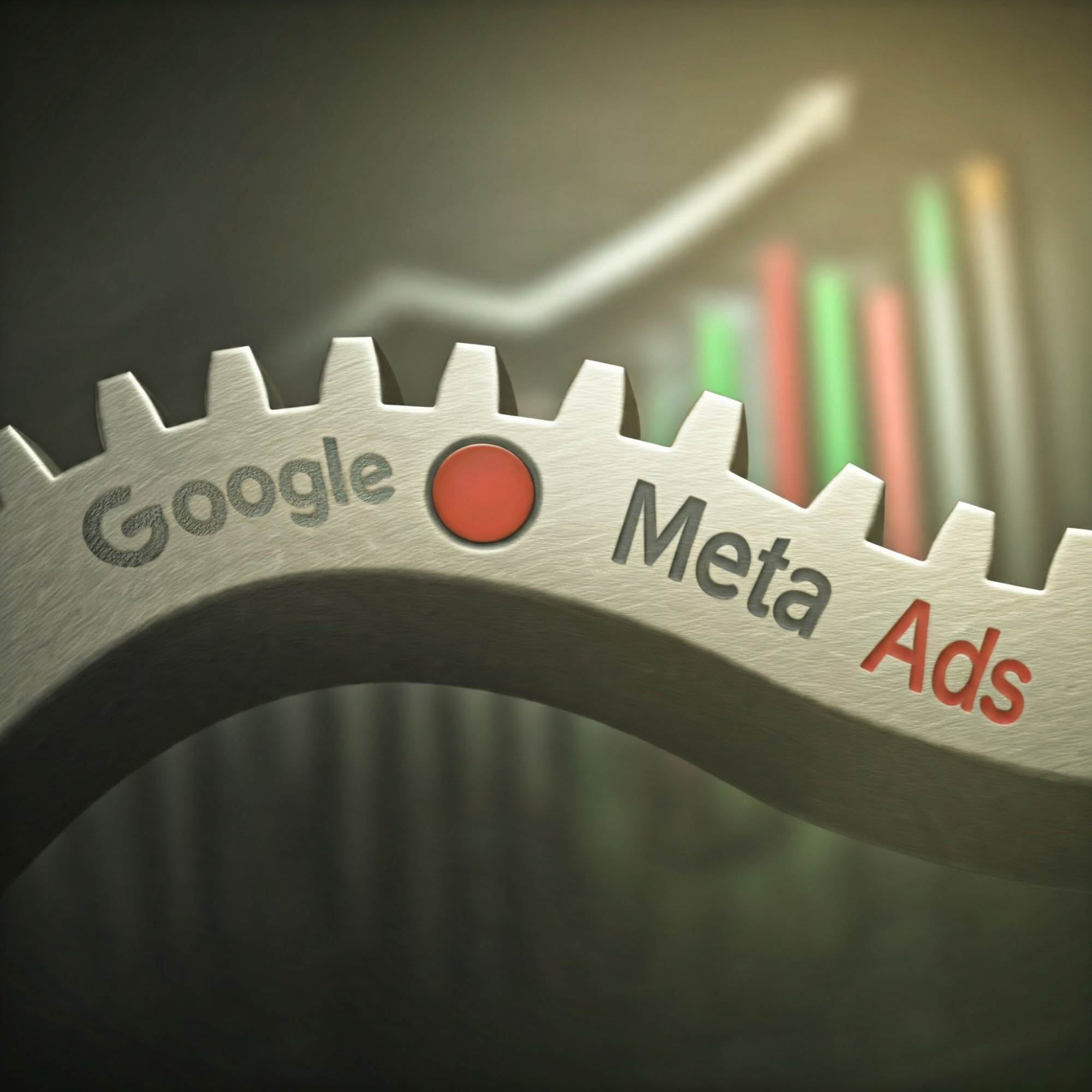- 7 September, 2024

In today’s competitive digital landscape, businesses have a variety of tools at their disposal to connect with potential customers. While Meta Ads (formerly Facebook Ads) have gained tremendous popularity for their precise audience targeting and visual storytelling, relying solely on them can limit the full scope of your advertising strategy. To truly maximize your online presence and achieve sustainable business growth, integrating Google Ads alongside Meta Ads is essential.
Here’s why a combination of both can unlock new opportunities for your business.
1. Diversifying Audience Reach
Meta Ads excel at targeting specific demographics based on interests, behaviors, and social interactions, making them perfect for building awareness and driving engagement. However, Google Ads take a different approach by targeting users based on their search intent.
With Google, you can reach customers actively searching for products or services like yours. By combining the two, you diversify your audience reach—Meta Ads attract potential leads by sparking interest, while Google Ads capture users at a moment when they’re ready to make purchasing decisions.
Meta Ads: Reach users based on their social profiles and interactions.
Google Ads: Target users actively searching for solutions in real-time.
2. Capturing the Entire Customer Journey
A strong marketing strategy addresses all stages of the customer journey: from awareness to consideration to conversion. Meta Ads often perform best at the top of the funnel, when customers are first discovering your brand.
Google Ads, on the other hand, are particularly effective at the bottom of the funnel, where users are searching for specific products or services and are closer to making a decision.
By running ads on both platforms, you guide your customers through the entire journey:
Meta Ads: Drive awareness and foster interest.
Google Ads: Capture ready-to-buy customers with high purchase intent.
3. Harnessing the Power of Intent-Based Targeting
One of the key benefits of Google Ads is its ability to target users based on intent. For example, someone searching for “best hiking shoes for beginners” is likely ready to compare products and potentially make a purchase soon.
Meta Ads focus on reaching users based on who they are, but they might not be ready to purchase immediately. Google Ads allows you to meet people at the precise moment they’re looking for your offerings. This increases the likelihood of conversions because you are targeting customers in the “research” or “buying” phase of their journey.
4. Maximizing Ad Visibility Across Platforms
Different platforms have different user behaviors. A person who scrolls through Instagram might not be the same as someone using Google to search for a service. Using both Meta and Google Ads maximizes your brand’s visibility across these different channels, ensuring that your message reaches people wherever they spend their time.
In addition, Google Display Ads allow you to reach users on websites and apps across the web, expanding your ad visibility even further beyond social media.
Meta Ads: Capture users on social media (Facebook, Instagram).
Google Ads: Appear on Google Search, YouTube, websites, and apps.
5. Leveraging Both Platforms for Remarketing
Remarketing is an essential tactic for improving ad performance. Google and Meta both offer powerful remarketing tools that allow you to reconnect with users who have previously interacted with your website.
For example, you can use Meta Ads to retarget users who visited your website but didn’t complete a purchase, showing them a tailored ad on Facebook or Instagram. Simultaneously, you can serve Google Ads to those same users across the web or when they search for products similar to yours.
This ensures you stay top-of-mind and increases the likelihood of converting past visitors into paying customers.
6. Better Data for Informed Decisions
When running campaigns on both Meta and Google, you gain access to a wealth of valuable data that can inform future marketing decisions. Meta Ads provide insights on user demographics, interests, and engagement. Google Ads give you data on search behavior, conversion rates, and keyword performance.
By analyzing data from both platforms, you can fine-tune your overall strategy, identify what works best for your audience, and allocate your marketing budget more effectively.
7. Cost Efficiency Through Testing and Optimization
Both platforms allow for flexibility when it comes to budgeting, so you can run ads based on your financial capacity. However, what works well on Meta may not necessarily work on Google. Testing different creatives, ad formats, and targeting strategies on both platforms can lead to more cost-efficient campaigns. If you find that one platform yields higher returns, you can reallocate resources accordingly to maximize your ROI.
Conclusion: A Holistic Approach to Digital Advertising
While Meta Ads are an excellent tool for creating brand awareness and building customer loyalty, Google Ads allow you to target users with high purchase intent. When these platforms work together, your business benefits from comprehensive coverage at every stage of the customer journey—from awareness to conversion.
By leveraging the strengths of both Meta and Google Ads, you create a more robust, well-rounded digital marketing strategy that maximizes your visibility, drives traffic, and boosts sales. Ultimately, running both helps ensure that you’re not missing out on opportunities that only one platform alone could deliver.